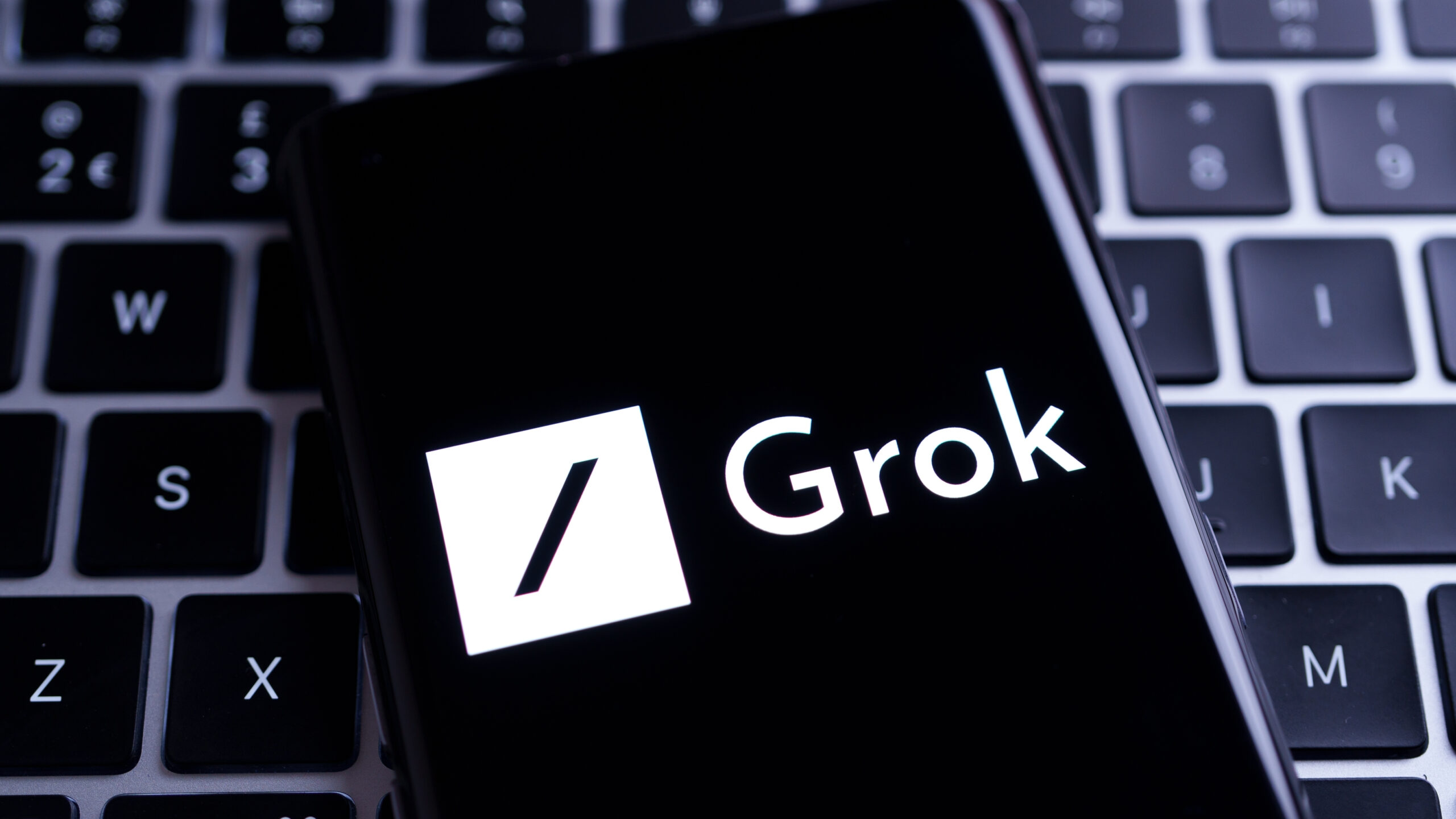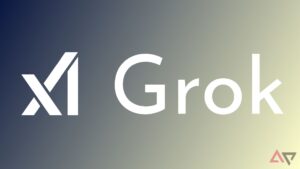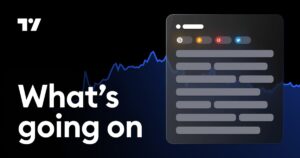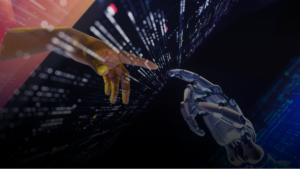What is Grok? A Comprehensive Guide to xAI’s Chatbot

Understanding Grok: The AI Assistant from xAI
Grok, an AI helper created by xAI, has made significant strides in the artificial intelligence landscape since its early prototype days. Founded by Elon Musk in July 2023, xAI’s primary goal is to enhance artificial intelligence to foster a better human understanding of the world. With its launch, Grok quickly became a contender among established AI models developed by companies like OpenAI and Google.
The Origins of Grok
The name "Grok" comes from Robert A. Heinlein’s 1961 science fiction novel, Stranger in a Strange Land. In the book, the term describes a profound understanding that transcends language, representing an intuitive grasp of concepts. This connection is reflective of Grok’s intended purpose—to delve deeper into the world and not just provide surface-level answers. It illustrates xAI’s ambition to advance AI technology in a meaningful way.
xAI was founded with a mission to "understand the true nature of the universe." The company aimed to create an AI that could deliver informative and engaging responses. Grok, launched in November 2023 as a beta chatbot for X Premium users, emphasizes providing contextual and adaptable answers. Within just two months of its introduction, Grok saw rapid iterative improvements, driven by a team of AI experts with experience from leading technology firms like DeepMind and Tesla.
Grok-0: Initial Prototype
The first version, dubbed Grok-0, consisted of 33 billion parameters and achieved impressive results despite fewer resources compared to its larger rivals. In benchmarks such as MMLU (which tests discipline-spanning questions) and GSM8K (focusing on math word problems), Grok-0’s performance rivaled that of larger models. This success indicated xAI’s commitment to efficiency and smart optimization.
Introducing Grok-1
In October 2023, xAI released Grok-1, a model featuring 314 billion parameters organized under the Mixture-of-Experts (MoE) framework. This architecture allows for enhanced efficiency by activating only a portion of the model’s parameters for each task, making it scalable and powerful. By March 2024, Grok-1 became available as an open-source model under the Apache 2.0 license, allowing developers to explore its features.
Benchmarks revealed that Grok-1 outperformed competitors such as Meta’s LLaMA 2 and OpenAI’s GPT-3.5 in various areas, even if it was still behind more advanced solutions like GPT-4. Notably, Grok-1 included advanced technologies such as Rotary Positional Embeddings (RoPE) to enhance sequence processing and a broad token vocabulary to accommodate diverse language tasks.
Advancements with Grok-1.5
In March 2024, Grok-1.5 was rolled out, which significantly extended its context length to 128,000 tokens—16 times longer than its predecessor. This upgrade allowed for coherent long-form responses and improved handling of complex reasoning tasks. Shortly after this, Grok-1.5V was introduced, bringing multimodal capabilities that enabled the model to analyze images and text together.
Grok-2 Developments
In August 2024, Grok-2 and Grok-2 Mini were introduced, which improved processing speed and reasoning skills. Benchmarks indicated that Grok-2 surpassed rivals like Claude 3.5 Sonnet and GPT-4 Turbo in numerous reasoning and coding tasks. The Grok-2 Mini variant was designed for efficiency, providing a balanced approach to speed and accuracy for a variety of applications.
By December 2024, further enhancements optimized Grok-2’s performance and expanded its multilingual capabilities. xAI also integrated Grok with Aurora, an AI-powered image generation tool, and launched an enterprise API to cater to business needs.
A Look at Grok-3
In February 2025, the launch of Grok-3 marked a significant upgrade, leveraging advanced computing resources via the Colossus supercluster, powered by an impressive 200,000 Nvidia H100 GPUs. Grok-3 and its variations emphasized enhancing logical reasoning, solving mathematical problems, and processing real-time data.
Initial benchmarks pointed out that Grok-3 excelled in certain areas, like mathematical reasoning and scientific problem-solving, compared to previous models. Features like “DeepSearch” enabled extensive web-based research capabilities, while a new “Think” mode facilitated structured reasoning.
AI Architecture and User Experience
Grok’s infrastructure utilizes modern frameworks such as Kubernetes, Rust, and JAX for efficient scaling, with the MoE architecture being a vital asset for maintaining performance without escalating computational expenses. Training sources included publicly available online content, X posts, and structured datasets.
User Experience:
- Grok features a casual conversational style and often includes humor in its interactions.
- Available via X Premium+ at $40 a month or $395 yearly, Grok is set for distribution through standalone iOS and Android applications.
- Real-time event tracking, image generation, and advanced search functionalities enrich users’ interactions with the AI.
Despite facing challenges, such as accuracy limitations in earlier models and potential biases from its training data, xAI is continuously working on refining Grok. Future iterations and additional open-source releases are in the pipeline.
Future Directions
Elon Musk suggested plans for continuous growth, mentioning Grok-4, along with prospective AI models that would utilize even larger computing infrastructures. xAI is also considering AI applications in gaming and interactive sectors. While ethical concerns regarding privacy, bias, and misinformation persist, the rate of development at xAI signifies that Grok will remain a significant entity in the evolving world of AI.
As Grok continues its journey, with updates and enhancements on the horizon, it is establishing itself as a notable AI assistant that balances access to real-time data with advanced reasoning capabilities. The future of Grok will likely align with technological advancements and ongoing discussions about responsible AI usage.






